By Bob Hicks
Yesterday I learned the awful truth: Classical Millennium, Portland’s wonderful and staunchly provocative classical music store, has given in to the realities of the marketplace and will close up shop in September. It’s yet another blow to the texture of a small city that likes to think it plays bigger than its population.
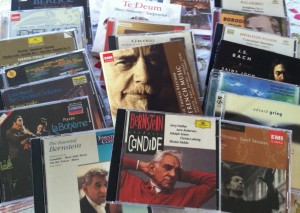 This is a major bummer. I wrote about it for Oregon ArtsWatch in this piece, A sad day in the life: Classical Millennium, farewell. The essay talks not only about the abstract loss to the city and its cultural life, but more personally about the loss to me and to my teenage son, who’s developed a close and lovely relationship with a store that’s now going away. I know, I know: Progress, and all that rot. Life will go on. But not all change is good.
This is a major bummer. I wrote about it for Oregon ArtsWatch in this piece, A sad day in the life: Classical Millennium, farewell. The essay talks not only about the abstract loss to the city and its cultural life, but more personally about the loss to me and to my teenage son, who’s developed a close and lovely relationship with a store that’s now going away. I know, I know: Progress, and all that rot. Life will go on. But not all change is good.
Here’s an excerpt:
(F)rom its beginning in 1977, CM has been more than just a shop. It’s been a place of discovery, a crucible of learning, a home away from home. Like Pioneer Courthouse Square and Powell’s City of Books, it’s helped define the sort of place we’d like to think we want Portland to be. People grow up in a place like this, and expand their capacities, and reinvent themselves. People discover what the world feels and thinks and sounds like, and where they want to be inside that great globe of intellect and emotion.
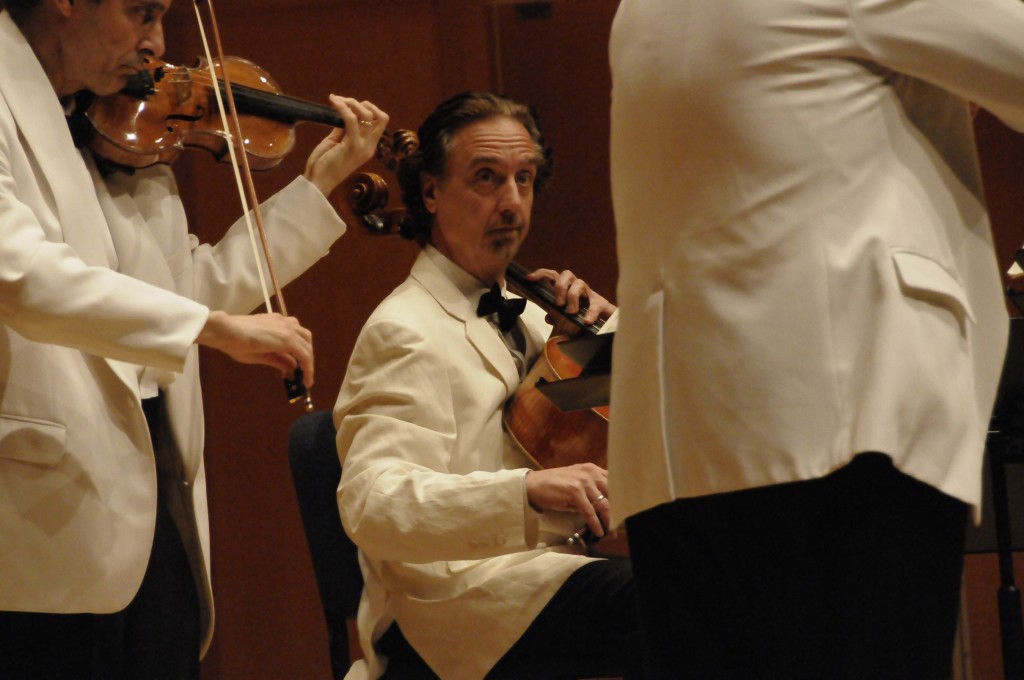
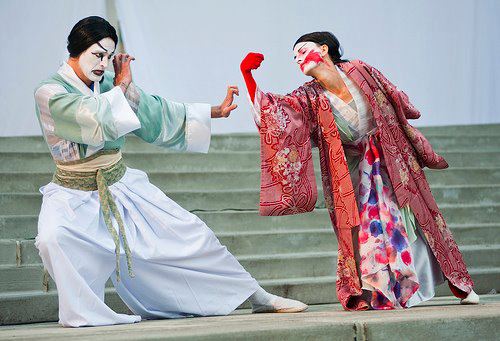
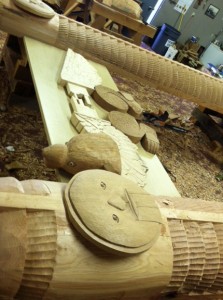
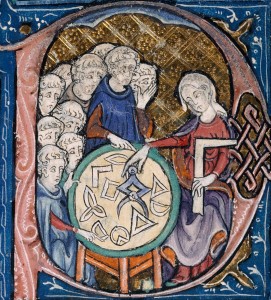 Or, let’s get even more pragmatic here: What percentage of our future workforce would we like to see have a high school diploma? And is it worth $35 a year to ensure that, not only do more of Portland’s students graduate, they also graduate with self-confidence, discipline, empathy and the capacity for innovation?
Or, let’s get even more pragmatic here: What percentage of our future workforce would we like to see have a high school diploma? And is it worth $35 a year to ensure that, not only do more of Portland’s students graduate, they also graduate with self-confidence, discipline, empathy and the capacity for innovation?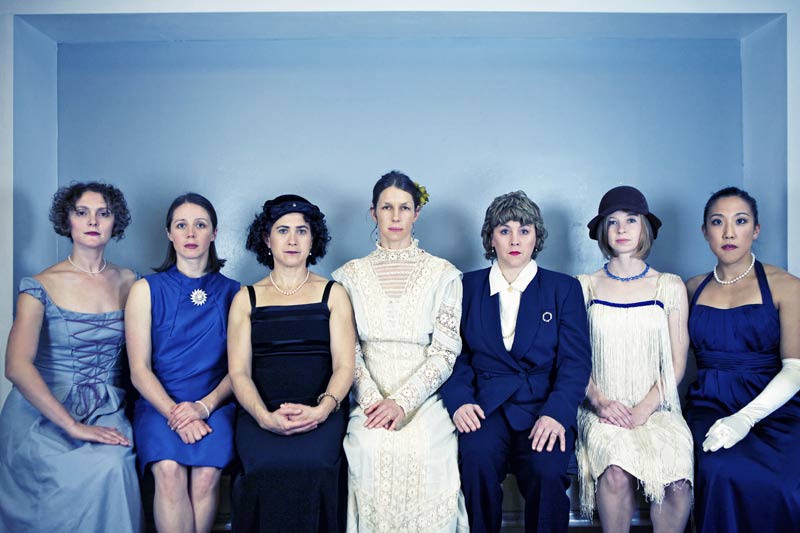 Photo: Pak Han
Photo: Pak Han By Laura Grimes
By Laura Grimes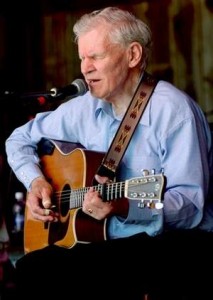 Thank goodness Doc Watson is helping to carry it.
Thank goodness Doc Watson is helping to carry it.
 Last weekend I saw three plays – the premiere of The Storm in the Barn at
Last weekend I saw three plays – the premiere of The Storm in the Barn at